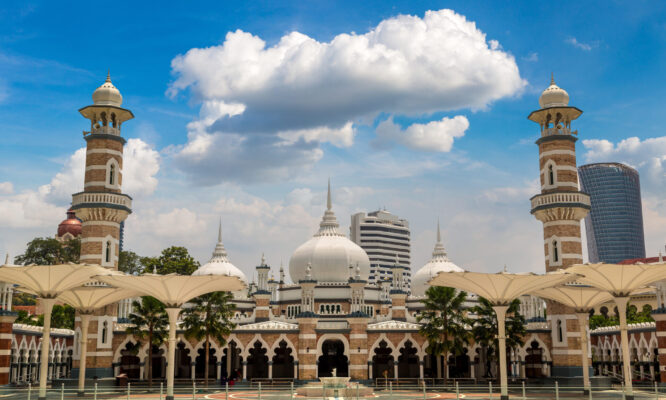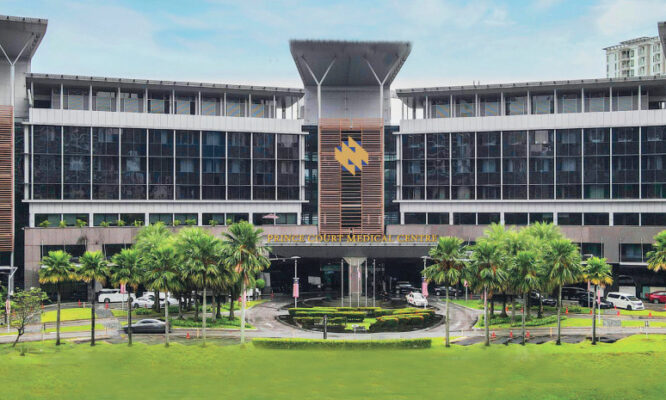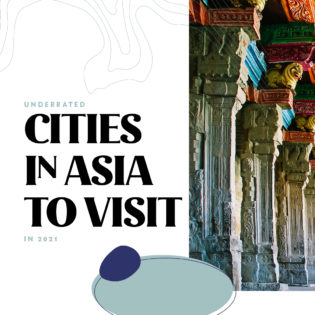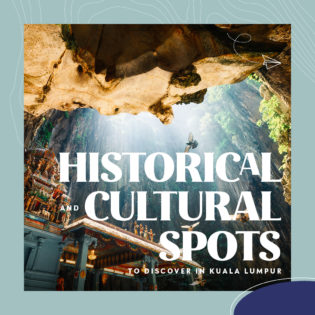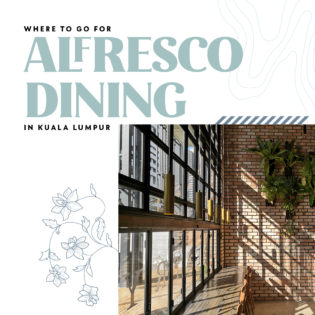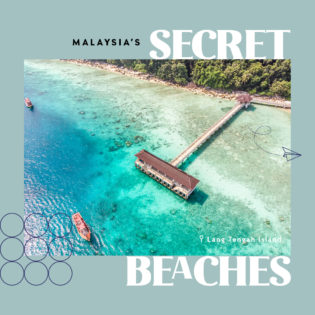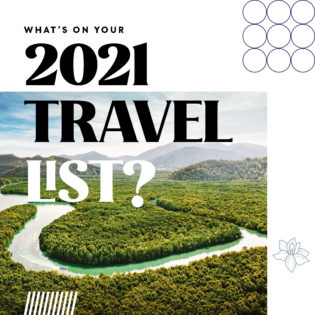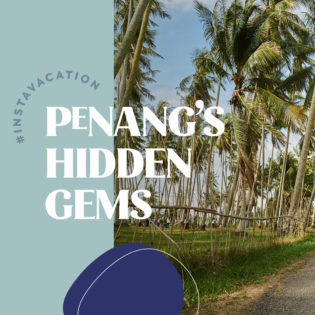Exclusive island resort The Andaman rallies guests to improve Langkawi’s reefs and fisheries
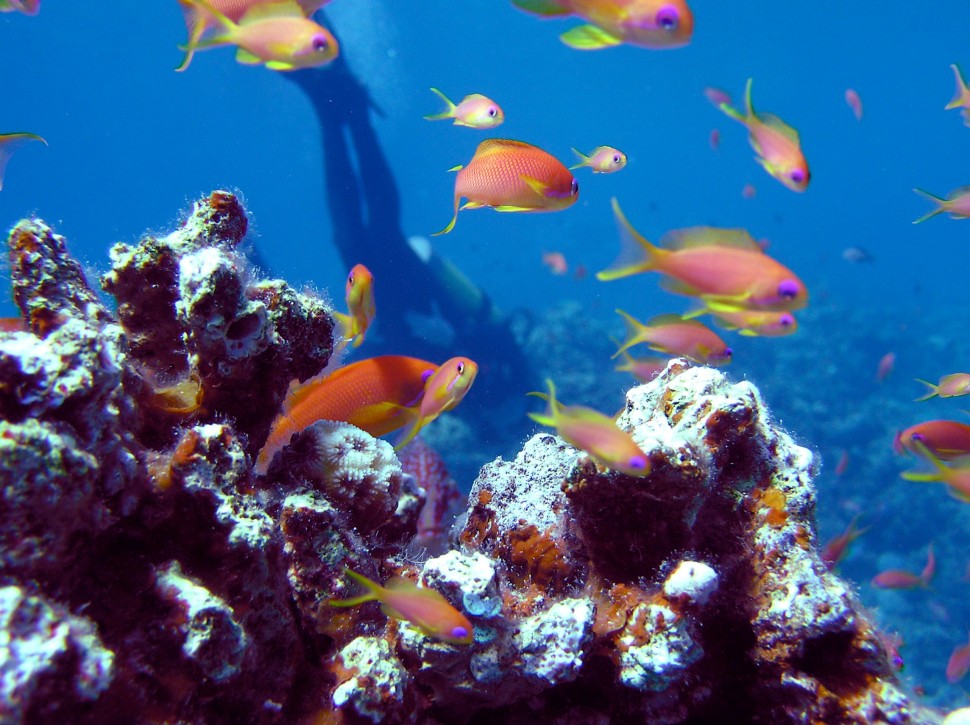
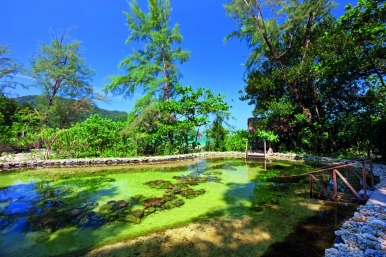
One of the largest earthquakes ever recorded struck without warning at 7.58 am local time on 26 December 2004. The epicentre of the 9.1 magnitude quake was located in the Indian Ocean near the west coast of Sumatra in Indonesia. It brought massive destruction that hit the coastlines of 11 countries from east Africa to Thailand.
The earthquake triggered a tsunami that delivered waves of up to 30 metres high with an energy force of 23,000 Hiroshima-type atomic bombs, according to the U.S. Geological Department. In the hardest hit area, Banda Aceh in Sumatra, more than 80,000 houses, along with utilities, roads and bridges, were destroyed. The United Nations estimated that more than 500,000 people were displaced from their homes in Sumatra alone.
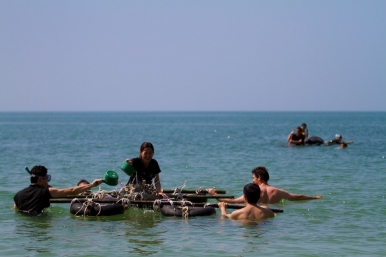
In Sri Lanka, 1,600 kilometres from the epicentre, the earthquake was described as the worst human disaster in the country’s history; giant waves slammed into coastal villages, sweeping away cars and even a train carrying 1,700 passengers. Some 2.5 million people were displaced.
Official estimates say 225,000 lives in 14 countries were lost that day.
In Malaysia, huge waves hit the western coastline of the peninsula in the states of Penang, Kedah, Perak and Selangor, but the scale and magnitude of the tsunami were much less destructive than in the neighbouring countries. UNICEF put the death toll at 69, while 8,700 people suffered some form of distress due to the loss of their homes or livelihood.
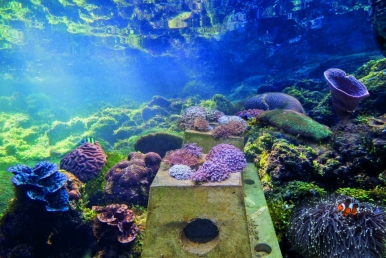
Pulau Langkawi, the largest and most developed island among the 99 islands on the Andaman Sea, was the first location to be hit. The Andaman, a Luxury Collection Resort located on the island, escaped the fury of the Indian Ocean tsunami and had nature to thank on that fateful morning. A 50-metre-thick coral reef fringing the resort absorbed the impact of the waves, shielding its guests from harm and protecting its property from damage.
But the reef, believed to be at least 8,000 years old, lost up to 70 percent of its coral colonies, and for years after, continued to suffer the effects of the earthquake as waves pushed dead corals against surviving ones, damaging them and inhibiting new growth.
In realising the monumental role the reef played, The Andaman knew it had to act to help the reef bounce back. In December 2010, it established a coral conservation project to rebuild the fringing reef, enlisting the help of volunteer guests to clear dead corals from the sea once or twice a month during low tide. This will ensure the living corals have a better chance of survival. Guests can also contribute to its programme by placing RM6 (USD1.35) per room per night to its Environment Conservation Fund.
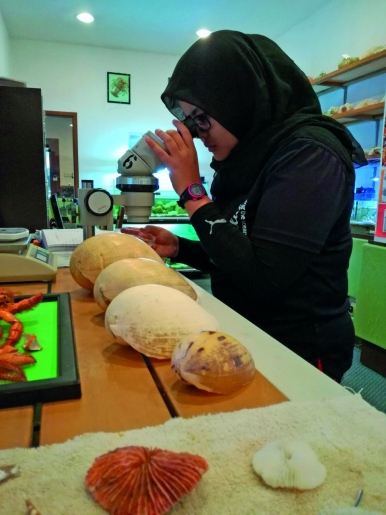
Then in 2012, it decided more needed to be done to help speed up the reef’s recovery. It sought the advice and assistance of Consultant Marine Biologist Dr Gerry Goeden to set up an inland coral nursery to rehabilitate surviving ones to propagate new colonies. Minerals from dead corals collected by volunteering guests were used for the propagation to speed up growth. So far, more than 200 corals have been saved and cut into small pieces for transplanting, while another 200 have successfully been moved to the main reef flat in the sea.
Guests who are interested to do their part for the marine environment can help transplant live corals onto substrates, which will be placed in the nursery and relocated to the reef in the sea once fit enough. Guests can also snorkel in the nursery, believed to be the first of its kind in Asia, to learn about marine life with the aid of a marine curator. Especially suitable for young explorers, the nursery’s shallow waters allow them to get close to the corals and many species of colourful reef fish. Children, and even adults, are allowed to feed the fish during different times of the day.
The destruction of the reef also caused the widespread loss of fisheries around Datai Bay, impacting the livelihood of local fishermen. To assist the coastal communities, The Andaman launched an Artificial Reef Module (ARMs) project in 2014 to provide a sustainable fishing industry. Using small cement modules designed in partnership with Lafarge Malaysia and placed around the bay area, the ARMs will help to regenerate fish stocks and over time, stop fishermen from fishing around the recovering reef area.
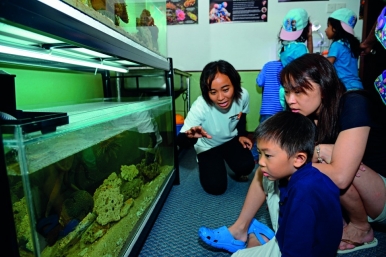
To ensure the long-term success of the ARMs project and to commit itself to marine research and education, The Andaman Marine Life Laboratory was created in 2015. Headed by Dr Goeden, the lab is used to conduct research in collaboration with students from University of Malaysia Terengganu and acts as a resource for guests to learn about marine life and its conservation.
Covering less than one percent of the ocean floor, reefs support an estimated 25 percent of all marine life, with over 4,000 species of fish alone. They are sometimes called the rainforests of the sea because of the biodiversity they support. Reef structures, too, play an important role as natural breakwaters to minimise wave impacts from storms, and in the case of the morning of 26 December 2004, giant tsunami waves unleashed by a deadly earthquake.
